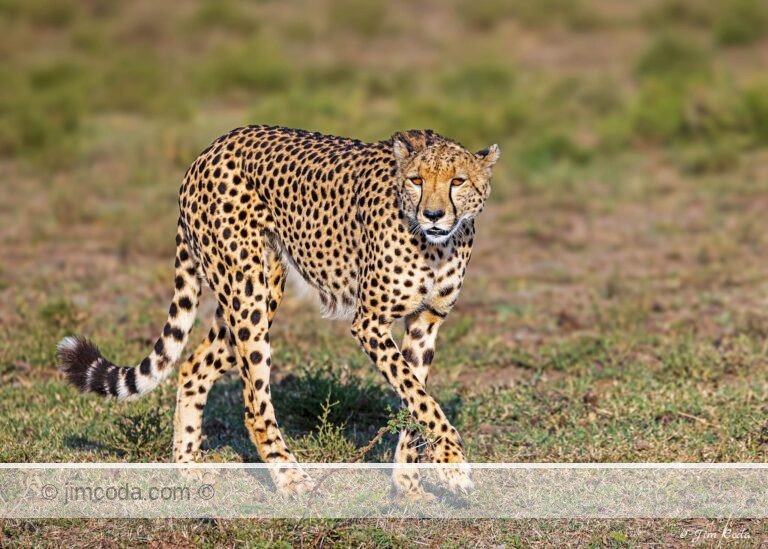Tag: elk calf
It’s Fawn Time!
Now is a great time to be at Point Reyes. There are lots of elk calves to see...
A mother grizzly walks through sage.
A well-known place in Yellowstone to look for grizzlies is a large...
A young elk calf wades into a stock pond near Pierce Point Ranch.
I was out at Point Reyes yesterday...
Ready for Takeoff!
It’s hard to write a blog while visiting Yellowstone in the spring because there...
“Nervous Nellie”
As I was driving from Mammoth to Tower shortly after sunrise one morning...
Well, not really. It’s just that they’re not grazing on grass as much any more and thus...
“Put Yer Dukes Up.”
Any day in Yellowstone is a good day. That is especially true in the...
No articles found
Load More Articles
Loading...
Prints for sale
Browse my selection of photos for sale as fine art prints
Filter by category
Sorry, no prints in this category









